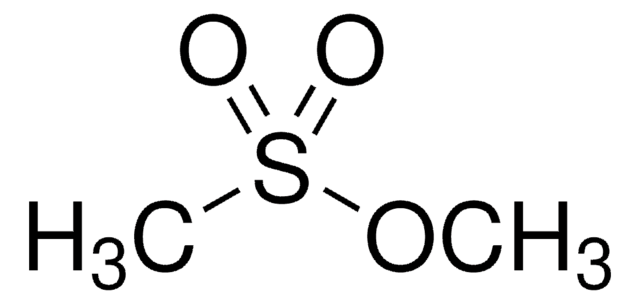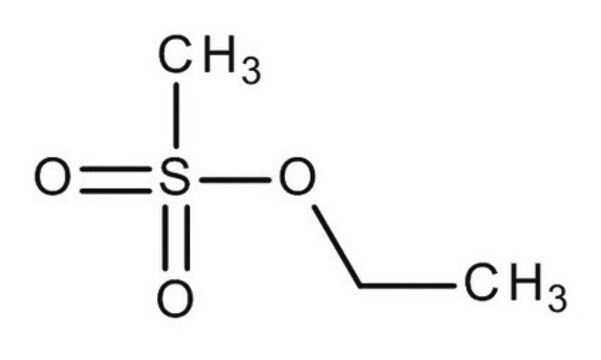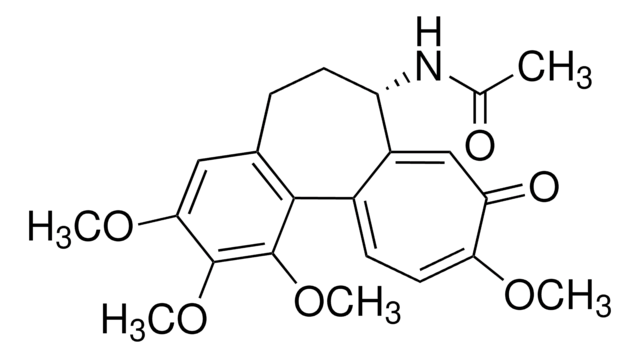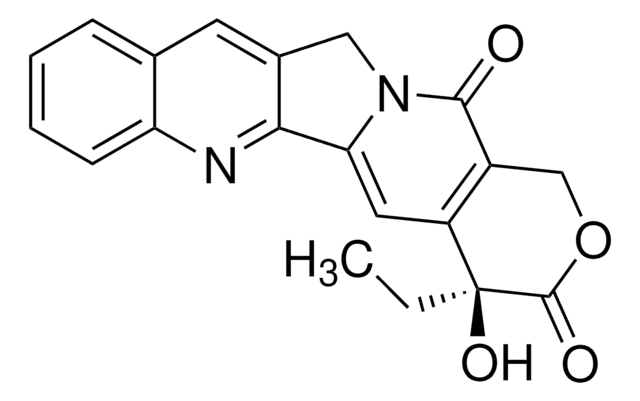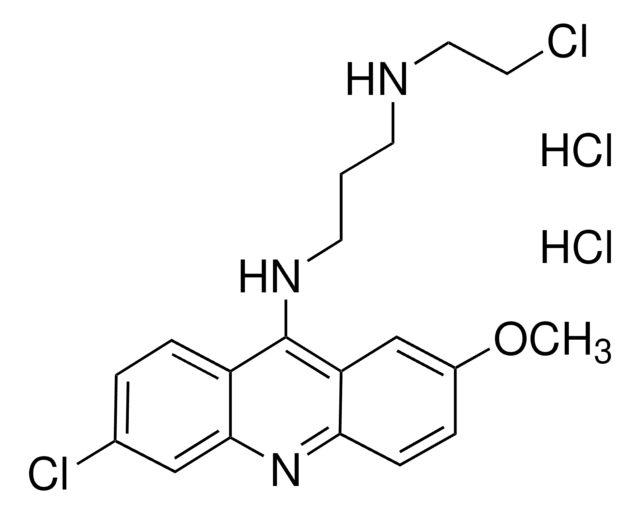129925
Methyl methanesulfonate
99%
Synonyme(s) :
Methanesulfonic acid methyl ester
About This Item
Produits recommandés
Niveau de qualité
Essai
99%
Forme
liquid
Indice de réfraction
n20/D 1.414 (lit.)
pb
202-203 °C (lit.)
Densité
1.3 g/mL at 25 °C (lit.)
Groupe fonctionnel
sulfonic acid
Chaîne SMILES
COS(C)(=O)=O
InChI
1S/C2H6O3S/c1-5-6(2,3)4/h1-2H3
Clé InChI
MBABOKRGFJTBAE-UHFFFAOYSA-N
Vous recherchez des produits similaires ? Visite Guide de comparaison des produits
Principe
Mention d'avertissement
Danger
Mentions de danger
Conseils de prudence
Classification des risques
Acute Tox. 3 Oral - Aquatic Chronic 2 - Carc. 2 - Eye Irrit. 2 - Muta. 1B - Repr. 2 - Skin Irrit. 2 - Skin Sens. 1 - STOT RE 2 Inhalation
Organes cibles
Lungs
Code de la classe de stockage
6.1C - Combustible acute toxic Cat.3 / toxic compounds or compounds which causing chronic effects
Classe de danger pour l'eau (WGK)
WGK 3
Point d'éclair (°F)
219.2 °F - closed cup
Point d'éclair (°C)
104 °C - closed cup
Équipement de protection individuelle
Eyeshields, Faceshields, Gloves, type ABEK (EN14387) respirator filter
Faites votre choix parmi les versions les plus récentes :
Déjà en possession de ce produit ?
Retrouvez la documentation relative aux produits que vous avez récemment achetés dans la Bibliothèque de documents.
Les clients ont également consulté
Protocoles
US EPA Method 8270 (Appendix IX): GC Analysis of Semivolatiles on Equity®-5 (30 m x 0.25 mm I.D., 0.50 μm)
Global Trade Item Number
| Référence | GTIN |
|---|---|
| CDS009918-50MG | 4061828988785 |
| 129925-5G | 4061838251992 |
| 129925-100G | 4061838726629 |
| 129925-25G | 4061838251985 |
Notre équipe de scientifiques dispose d'une expérience dans tous les secteurs de la recherche, notamment en sciences de la vie, science des matériaux, synthèse chimique, chromatographie, analyse et dans de nombreux autres domaines..
Contacter notre Service technique
